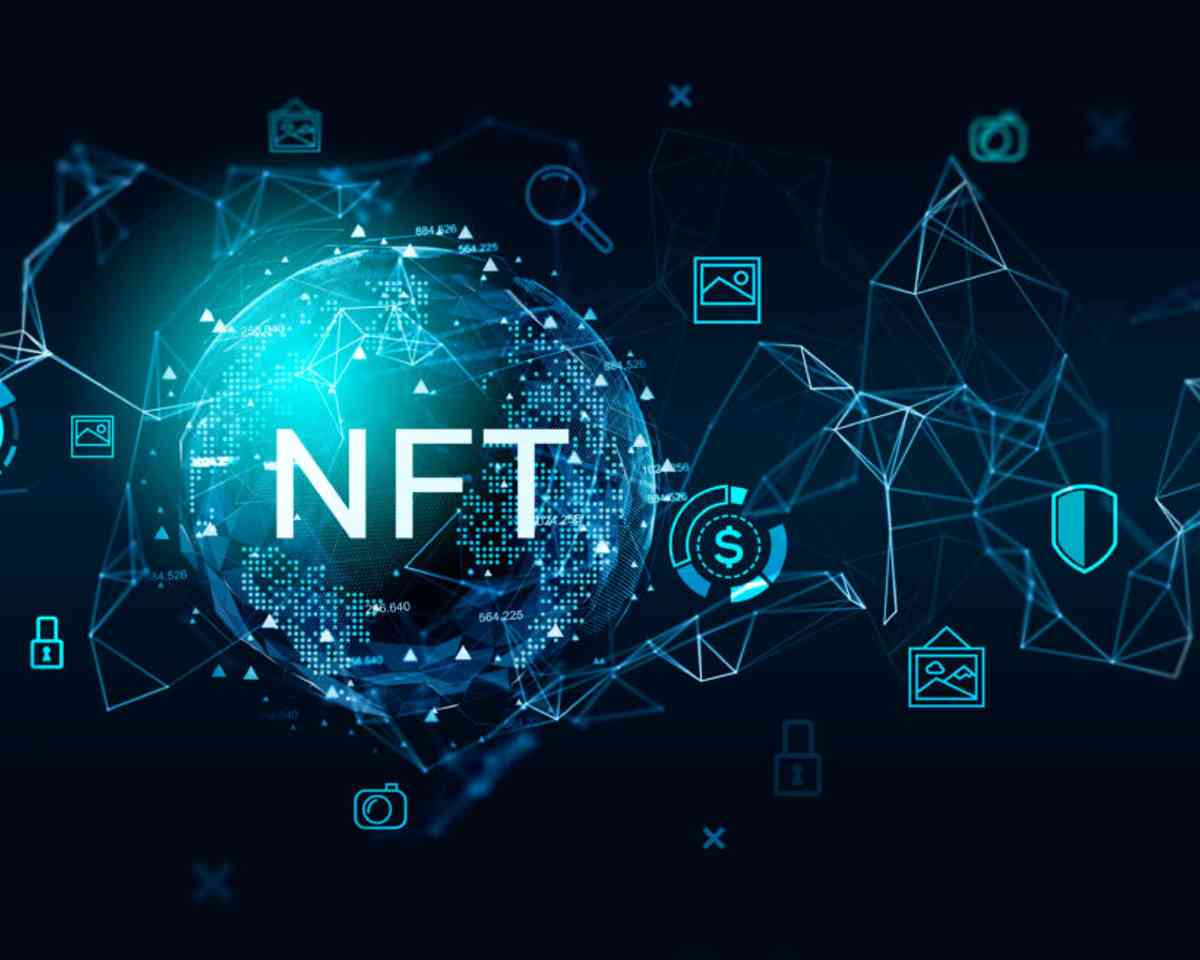There are many different factors to look at when trying to assess the value of an NFT, including utility, rarity and social proof.
While there is not a rule book on how to determine the value of an NFT, you must consider some of the following factors.
Of course, we can’t evaluate an NFT using the same metrics we use when evaluating conventional investment vehicles, such as shares. While with them the price is indicated by the last buyer, with NFTs it is hard to guess what the next buyer is paying.
Unfortunately, most buyers lack skills to assess the value based on logic. Same for sellers. So, the value of NFTs is driven by the perception over which buyers and sellers can’t have control.
Main factors to assess the value of an NFT
Rarity
It is not a surprise that rarity is one of the most important factors, when speaking of assessing the value of NFTs. The demand for a given NFT is directly connected to its scarcity. But can we tell exactly how rare a digital asset is?
A great example of rare NFTs are some unique works from famous illustrators, and also some rare game items.
Utility
Utility is another important factor to use, when determining the value of an NFT. To be valuable, the NFT must have utility in a real app. For example, it can be used for tokenizing real estate, or in many other ways. Of course, as the NFT world develops, many other use cases are expected to emerge.
Tangibility
NFTs can be used to underline the ownership of real-world objects, and this draws an element of tangibility. This way, the instances of fraudulent activity are eliminated. Moreover, the practical use of the NFTs has a bearing on their value.
Actually, NFTs with tangible value are great for both short-term and long-term trading.
Interoperability
Another key factor in determining the value of NFT is the ability to use it in different applications. For example, if you can use the same game asset in different games, there is a great chance of the token becoming more valuable.
Social proof
It is barely a surprise that the social proof associated with a given project is directly connected to determine its value.
You can check the project profile on social media. There surely will be an indicator if the project has or doesn’t have a solid ground.
History
Another factor that has a bearing on the NFT value is the identity of the issuer and the previous owners. It is a good idea to work in tandem with people or enterprises with strong brand value, as this will help you enhance the value proposition of the token.
Liquidity
The higher the liquidity, the higher the value.
Traders put their investments in NFT categories with high trading volume because more liquidity helps them make profits with ease.
Speculation
Speculation can also be a huge factor in determining the price of an NFT. Even in the conventional finance system, many instruments are based on speculation, and it is not a surprise that it has a big role in the price performance of NFTs.
Conclusion
The digital world is constantly changing and so are the NFTs. As we already said, there are many different factors influencing their price, and they must be taken into account before making a final decision. Moreover, many different NFT marketplaces are coming up, and making up an informed decision is becoming even more important in time.
